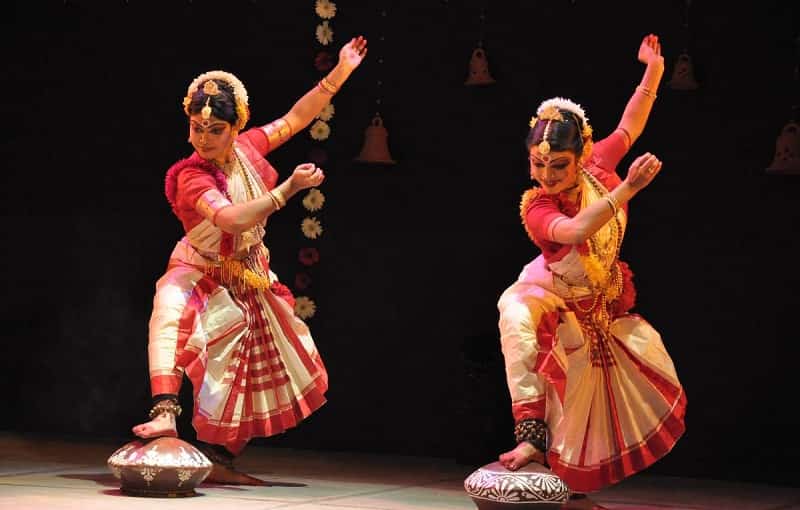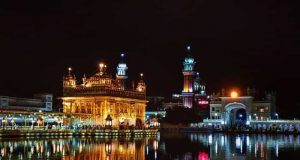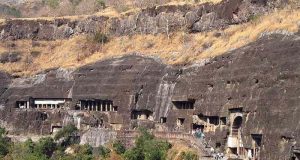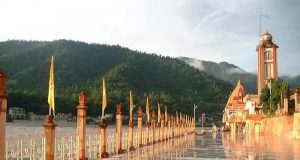Information About Gaudiya Nritya of Bengal
Enriched with the best combination of poetry, music and drama and having the best combination of rhythm and melody, the Gaudiya Nritya is a great art form with its roots in the Natyashashtra. With the antique touch to it, this is an art form that is based on the sculptural and historical evidences and expresses an art that is mainly meant for the expression of the spiritual facets and also has a greatly artistic touch to it. The Devdasi tradition is very typically from the state of Bengal in India and has been existing in the temples from times immemorial. Besides, we could also see the Nachnis, Sevadasis and the Vaishnavite cult here in West Bengal.

There are many references which propogate the presence of various dance forms in the ancient parts of the state of Bengal and they are found in the literature also. Behula is the story of a housewife in Bengal who dances in the court of the king of gods Indra. This is mentioned in the Manasa Mangal Kavya. In the Manasa Mangal of Vijay Gupta there is a description of the dance of Shiva – The Ananda Tandava.
In the times of the Palas we learnt from the Ramcharit Kavya about the devdasis dancers of Gauda Banga. Jayadeva was the court poet during the rule of King Laxmanasena. He wrote the Gita Govinda in which he propagated these art forms too. The dancer Padmavati was Jayadeva’s wife . The 12th century heralded the times of the books which detailed on such dance forms prevalent in this region.
Gaudiya Nritya is thus one of the classical dances of Bengal. This mixture of poetry, history, drama, dance and sculpture besides painting and other art forms is a good classical art and this class of dancing shows many other fine art forms. This is a guru parampara dance and has a lot of discipline and rich and cultural background. This unique combination of art, music and dance is what makes up the Gaudiya Nritya which is today a well known and popular dance form.
Gaudiya Nritya has a lot of colour and rhythm and Gaudiya means old and Nritya means dance. So the roots of Gaudiya Nritya come from the natyashastra where the four Pravrittis are mentioned very clearly. The four Pravrittis are the Punchali, the Audramagadhi, the Avanti and the Dakshinatya. During the time of the British, the traditional dance forms had declined. The 20th century saw the revival of this dance form again. This dance has all the facets of the devotional cult that Bengal saw then. The aspects of the Shringara rasa was also depicted here. The University of Rabindra Bharati is still having a group for the Gaudiya Nritya even today. It is Dr.Mukherjee who is being revered for this as he as the Head of the Dance Department in this University has kept it alive. Today it is a temple art form and is also recognized as a greatly popular classical dance form of West Bengal.
West Bengal has always been a land of culture, tradition and art and dance forms. With the best kind of mix of cultures and the ideal amalgamation of art in the classical form, the Gaudiya Nritya surely is a great way of expressing the innate artistic inclination of this region and has the richness of past culture, ancient practices and predominant values. Today this ancient art has been a part a cultural exposure only due to the endeavors of those artists who still perform this dance and thus keep it alive.


